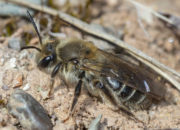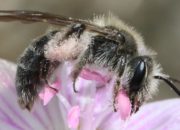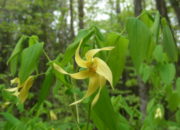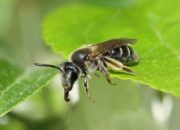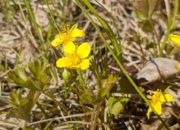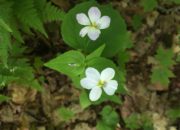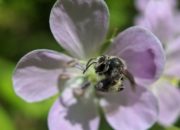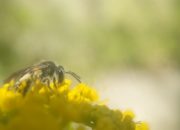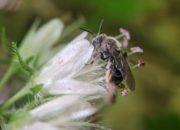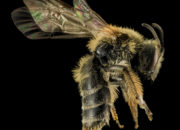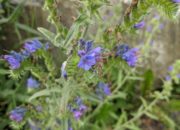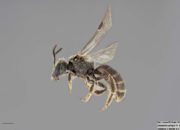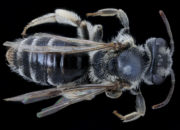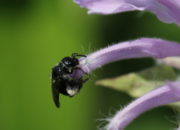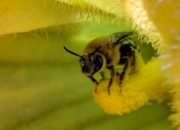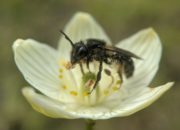One of the best ways to find interesting bees is to look for the plants that sustain them. Nearly a quarter of the bee species in Vermont are considered specialists, meaning they feed their offspring pollen from a narrow range of plants. This can vary from a single species to a family of plants. Additionally most of these bees will also visit other flowers for nectar (especially the males) and many non-specialists will also be found on these plants. The links below are intended to give users some targets for plants and bees to focus on, plants with multiple specialists are listed first, followed by those with a single bee specialist.
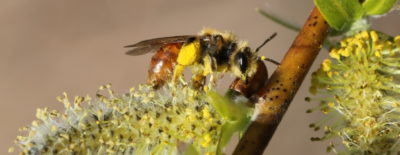
Willows
Willows are host to at least a half-dozen specialist Mining Bees, including a couple distinctive species. Image courtesy Spencer Hardy.
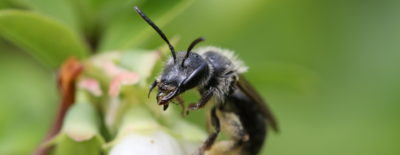
Blueberries
Blueberries are visited by a variety of bees, and host to specialists in at least 4 genera. Image courtesy Spencer Hardy.
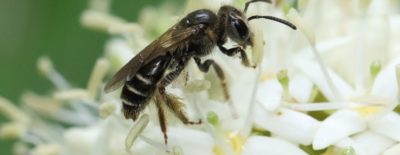
Dogwoods
Four species of Mining Bees are dependent on flowers from the shrubby dogwoods in the Swida group. Image courtesy Michael Veit.
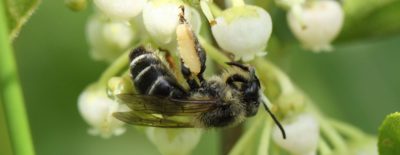
He-Huckleberry
This relatively obscure, southern shrub hosts three different specialists in Massachusetts, all of which would be great finds in Vermont. Image courtesy Michael Veit
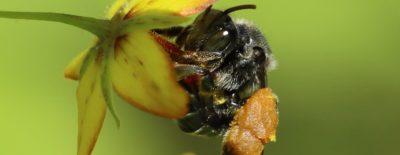
Loosestrifes
A couple of the native Loosestrifes in the genus Lysimachia are used by three rare bees, all in the genus Macropis - the Loosestrife Bees. Image courtesy Michael Veit.
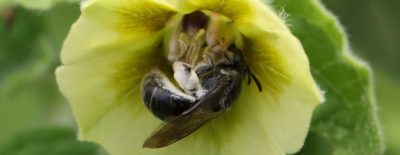
Groundcherries
Ground-cherries and Tomatillos, including the garden varieties, support four specialists. They range from widespread and abundant to very rare and localized. A plant worth knowing (or growing). Image courtesy Michael Veit.
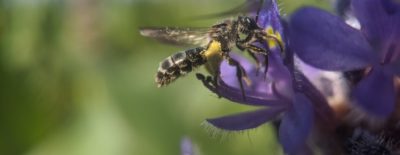
Pickerelweed
This widespread wetland plant is the main food source for two distinctive bees in VT - one widespread and abundant, the other much more localized. Image courtesy Spencer Hardy.
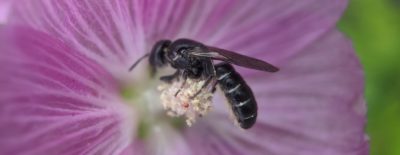
Bellflowers
Both cultivated and wild Bellflowers are possible hosts of a relatively common Leafcutter Bee as well as a non-native Scissor Bee known from as close as Montreal. Image courtesy Spencer Hardy.
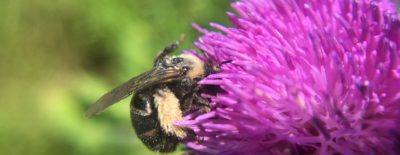
Thistles
These often maligned "weeds" are beloved by two specialists in Vermont. Both are relatively distinctive and in need of more data on their distribution and abundance. Image courtesy Spencer Hardy.
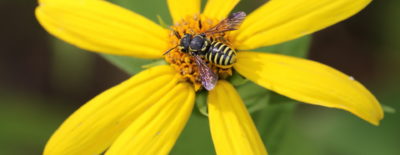
Sunflowers
Sunflowers, both native and cultivated, host a range of specialists - some rare, some ubiquitous. Image courtesy Spencer Hardy.
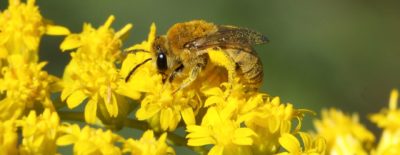
Goldenrods
The ubiquitous goldenrod is a powerhouse for fall pollinators. Many bees are closely tied to this genus, though there is significant overlap with other fall blooming plants in the same family (Asteraceae) such as Asters and Sunflowers. Image courtesy Michael Veit.
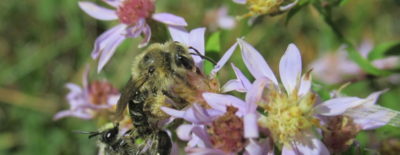
Asters
Asters often bloom along side goldenrod and share many of the same bees, though a few species seem to have a distinct preference for Asters. Image courtesy Melissa Oberhelman
